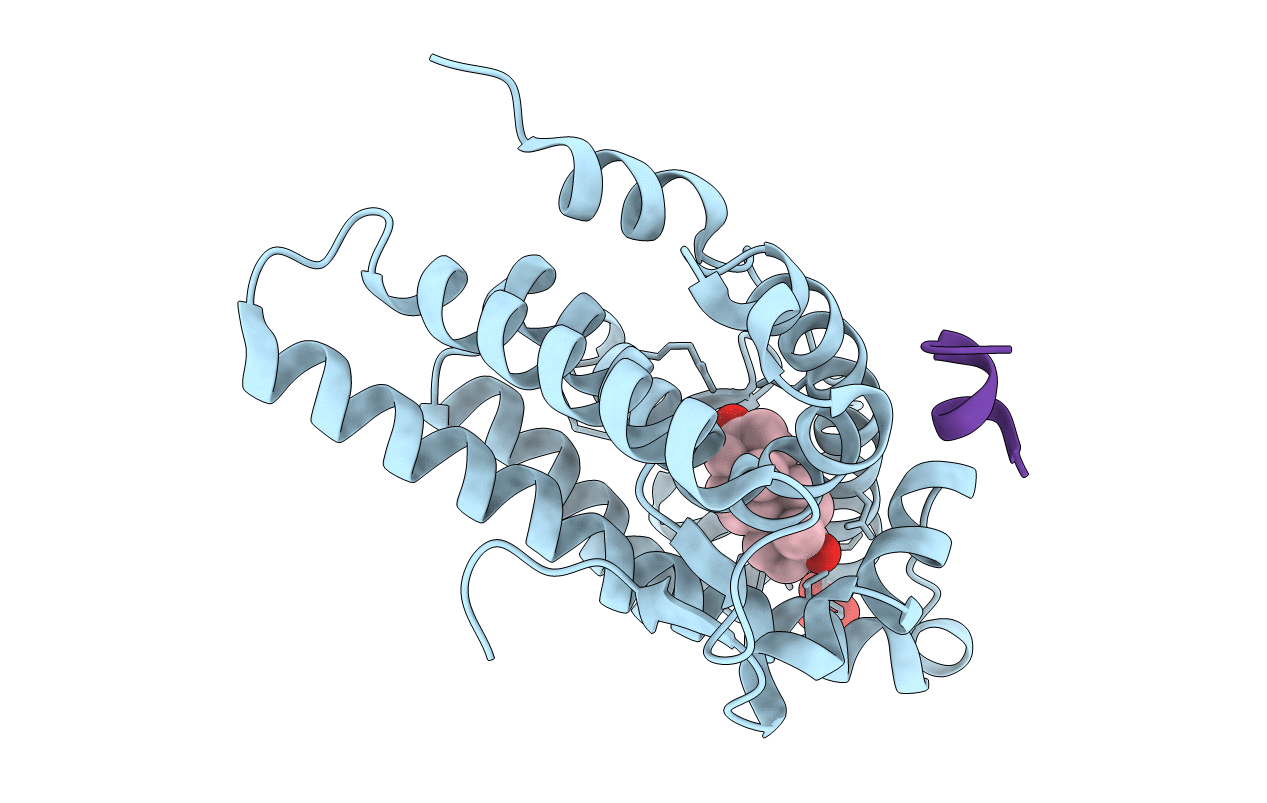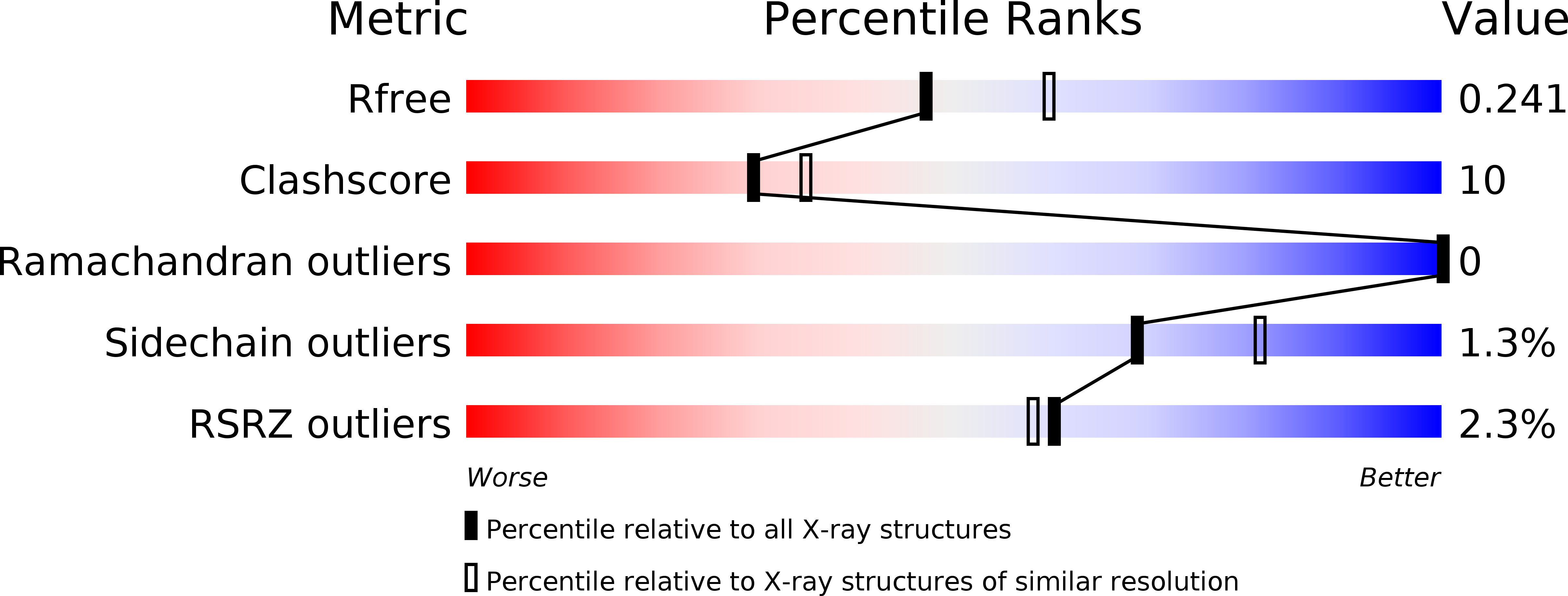
Deposition Date
2004-05-07
Release Date
2004-08-31
Last Version Date
2024-02-14
Entry Detail
PDB ID:
1T73
Keywords:
Title:
Crystal structure of the androgen receptor ligand binding domain in complex with a FxxFF motif
Biological Source:
Source Organism:
Pan troglodytes (Taxon ID: 9598)
Host Organism:
Method Details:
Experimental Method:
Resolution:
2.20 Å
R-Value Free:
0.24
R-Value Work:
0.2
Space Group:
P 21 21 21


